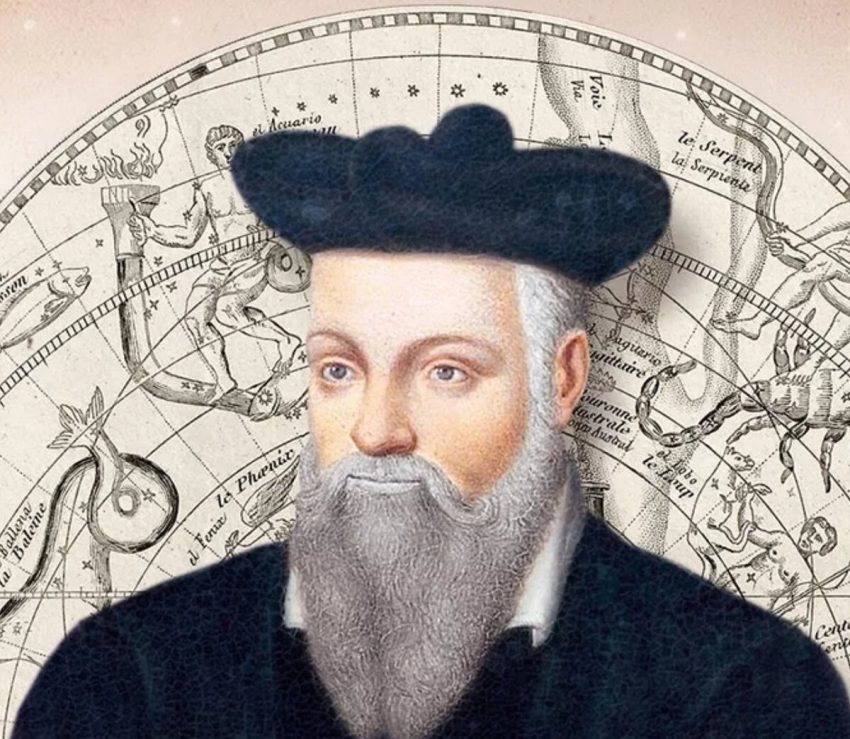Real predictions of the future
There are many collections of writers’ predictions made on the pages of works. Jules Verne probably possessed the most extraordinary fantasy of all the world’s authors. He is credited with the inventions of: a submarine, a spaceship, an airplane, a helicopter, an aqualung, an electric chair, television, computers, chemical and nuclear weapons. That is, the brilliant Frenchman came up with almost everything that real inventors later created in the 20th century. Is that just how it really is? Let’s look at the details of these fantastic predictions in literature, using the example of space flights from the master Jules Verne.
In the novel Out of a Cannon to the Moon, the flight is described as being fired from a huge cannon, in which the projectile replaces a primer made of the fictional cavorite metal, which has anti-gravity properties. Does it look like a real forecast of interstellar flights? I don’t think so. Well, let’s imagine that this is a test of the pen and real predictions are ahead.
Around the Moon allegedly predicted the flight of Apollo 8. But here again, guns and other nonsense, and the rest is far-fetched by admirers of the writer’s work. Jules Verne guessed the region from where the “ship” would be launched and the number of people in its crew. Everything! The rest is mathematical calculations and calculations made by professional mathematicians, astronomers and physicists of that time. Jules Verne used them in books.
Why is the flight of Apollo 8 similar to the descriptions in the books of Jules Verne? Is it because they were written off from there when they invented the facts of the fictitious American conquest of the moon? Maybe the writer did not predict anything, but quite the opposite, his fantasies were taken as the basis for the biggest deception of the 20th century?
By the way, because of the calculations used by Jules Verne in books, real theorists of space flights for a long time could not calculate anything properly. Theoretical flying vehicles invariably fell under the influence of the moon’s gravity and fell on its surface.
To understand how easy it is to pull the writer’s inventions by the ears, I present an excerpt from the book: “Paris 100 years later.” Here the number of inventions (as well as outright nonsense) just rolls over. We, according to several signs well known to us, immediately turn them into familiar things, but it is unlikely that Jules Verne saw exactly this …
“After all, in the era described, the excess of current affairs and the abundance of correspondence made it extremely important to be equipped with all kinds of equipment.
Thus, the daily mail of the Casmodage bank numbered at least three thousand letters sent to all parts of both the Old and New Worlds. Lenoir’s fifteen-horsepower machine was copying non-stop letters supplied by five hundred clerks without respite.
But the electric telegraph would have to significantly reduce the volume of correspondence, because the latest improvements allowed the sender to communicate directly with the recipient; thus the secret of the correspondence was preserved, and the largest transactions could be made at a distance. Each company had its own special channels on the Wheatstone system, which had long been used throughout England. Rates of countless securities listed on the free market were automatically displayed on screens placed in the center of the trading floors of the stock exchanges of Paris, London, Frankfurt, Amsterdam, Turin, Berlin, Vienna, St. Petersburg, Constantinople, New York, Valparaiso, Calcutta, Sydney , Beijing, Nuka-khiva.
Moreover, photographic telegraphy, invented in the previous century by the Florentine professor Giovanni Caselli, made it possible to transmit facsimile of any record, autograph or drawing as far as desired, as well as to sign promissory notes or contracts at a distance of thousands of leagues.
The telegraph network covered in that era the entire surface of the land and the bottom of the oceans; America was not distant from Europe even for a second, and in the course of a solemn experiment carried out in London in 1903, two experimenters established a connection between themselves, forcing their dispatches to run around the globe.
It is clear that in this business age, paper consumption must have grown to unprecedented proportions. France, which produced sixty million kilograms of paper a hundred years ago, now ate three hundred million. However, now there was no longer any need to fear that there would not be enough rags, it was successfully replaced by alpha, aloe, Jerusalem artichoke, lupine and two dozen other cheap plants. Machines, working in the manner of Watt and Burgess, turned a tree trunk into wonderful paper in twelve hours; forests were no longer used for heating, but for printing.”
Jules Verne, of course, is a genius, but it is a stretch to call him an inventor. He is a writer, the greatest writer with unlimited imagination and a great lover of technical innovations, but not at all a predictor.





























